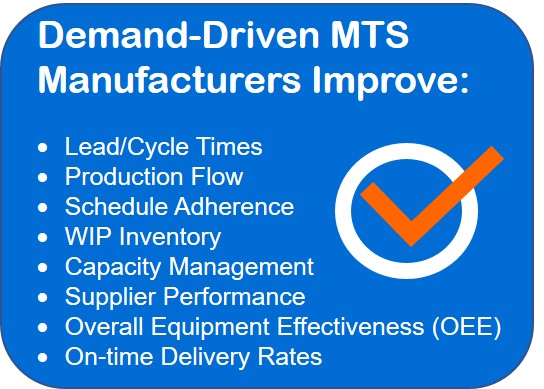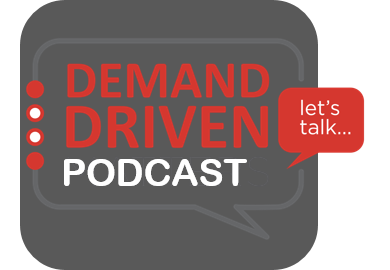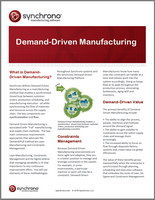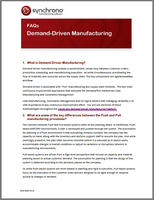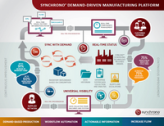Fast Results Using TOC for Demand-Driven Manufacturing – Part Two
Manufacturers use constraints management first to gain the most demand-driven change Last time, we talked about focusing on enterprise improvements rather than local efficiencies using constraints management (TOC). We discussed that continuous improvement tools such as TOC, Lean and Six Sigma work like “sandpaper” on an organization’s processes, smoothing various stages of their demand-driven journey. I likened TOC to the “coarse” grit of sandpaper—the one to use first to get






